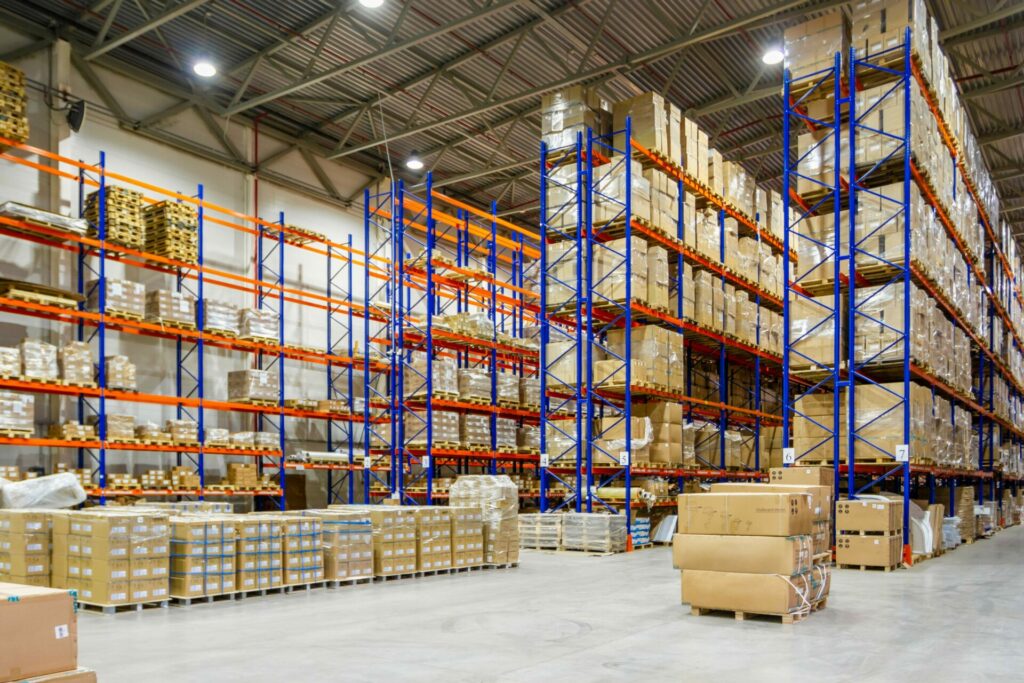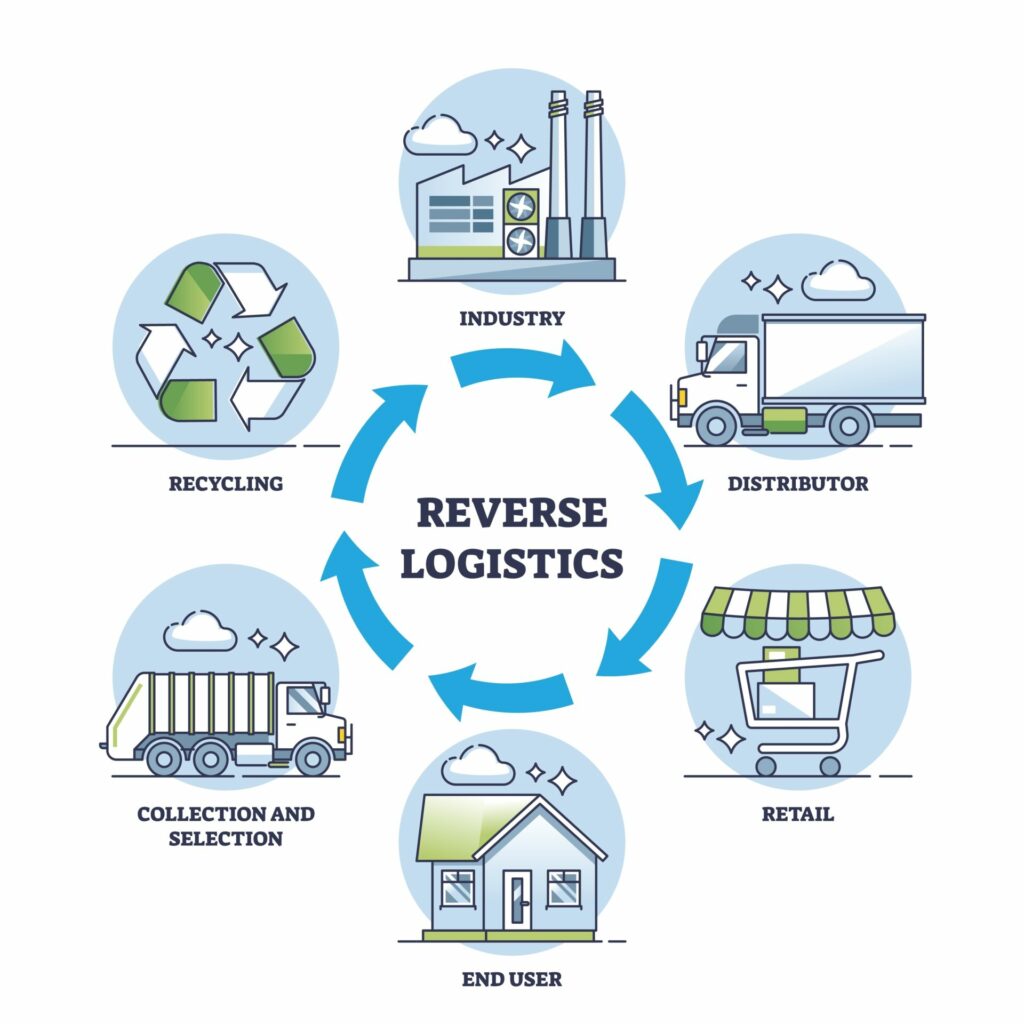Updated: Feb 23, 2022
Ecommerce has grown rapidly over the past few years.
In 2020, brands across the globe began to shift to a digital focus with the onset of the COVID-19 pandemic, which is still continuing to affect online stores and shoppers alike in 2022.
While the growth of online shopping has been incredible for direct-to-consumer (DTC) merchants, it’s important to note that the increase in packaging and the transporting of goods is taking a massive toll on the environment.
And online shoppers are not only aware of these environmental issues… they’re more concerned than ever. In fact, 70% of consumers in the US and Canada prefer eco-friendly brands.
For many prospective customers, a brand’s approach to sustainability could make or break their trust before they’ve even purchased a product.
With sustainability in ecommerce now mattering more than ever before, consumers and climate experts alike are beginning to hold brands accountable.
From young climate activists, like Greta Thunberg who developed #FridaysForTheFuture and inspired a younger generation to get involved, to the 450+ scientists who called out PR giant Edelman to cut ties with fossil fuel clients, consumers are speaking up and taking action.

If you haven’t begun already, it’s certainly time to green your brand.
What does it mean to go green?
Going green as a brand means that you’ve taken actionable steps towards reducing your carbon footprint, whether it be sustainable packaging, eco-friendly shipping, or paperless communication.
While has become somewhat of a buzzword within the corporate space, it isn’t something that has been taken lightly.
Investors, executives, and consumers alike are looking for businesses to take action to achieve a more sustainable business model.
Why? It’s better for everyone involved. Did you know that each year in the US, the amount of cardboard in shipped packages is equal to over 1 billion trees?
The good news is that most consumers want to help make a difference. If brands simply use less packaging or utilize boxes that can be repurposed, they’re helping the environment while enhancing the customer experience.
While it may seem complicated or expensive, there are plenty of new technologies and strategies available to all types of merchants that make going green much more accessible.
Becoming more eco-friendly doesn’t mean that your entire business model must change, but it does require some evaluation of your current practices.
Without further ado, here are three ways to take your brand from 0-10 when it comes to sustainability.
1. Develop eco-friendly shipping practices
Reduce your packaging.
Have you ever received a package that contains a box inside another box? Or an abnormally large box for a small product?

This type of packaging isn’t just frustrating to open, it’s also damaging to the environment.
One of the most effective ways a company can evaluate their shipping practices is by auditing their packaging processes to make sure there aren’t unnecessary layers.
Your customers will thank you for leaving them with less trash to throw away – and you’ll be cutting back on the amount of paper product used daily.
You may even be able to create an entirely new packaging design with less materials.
Puma partnered with fuseproject’s Yves Béhar to replace their cardboard shoeboxes. The result? A reusable, biodegradable bag that used 65% less paper than the original packaging.

Plus, it looks great as a lunch bag too!
Switch to sustainable materials.
Gone is the time where the only option for packaging is single-use materials that head straight to a landfill. As we navigate through the climate crisis, sustainable materials have become more and more accessible.
Traditional packaging materials like cellophane, bubble wrap, and regular plastic mailer bags can be swapped out for greener alternatives such as recyclable tissue paper. This swap is a perfect way to create more eco-friendly packaging quickly and effectively for your brand.
Whatever you choose to do, don’t forget to let your customers know!
If there’s any disposal practices or guidelines for your packaging, you can include information via email, SMS, or even on the packaging itself like Package Free Shop does.

2. Offer carbon offsets at checkout
While eliminating your carbon footprint completely is not possible in the ecommerce space, there are ways to reduce it with carbon offsets.
Carbon offsets are an effective way of lessening the effects of climate change by funding various sustainability projects.
To bring carbon offsets into the customer experience, ecommerce merchants can partner with brands like EcoCart that calculate the emissions created from the order and offer donation options to certified carbon offset projects, thus making their transactions carbon neutral.
It’s a great way to give your customers autonomy – plus, it’ll keep them coming back again and again, guilt-free!
3. Consider a fulfillment strategy
Transit is a huge factor in sustainability efforts. With more parcels on the move than ever before, the result is higher carbon emissions from traveling freight and trucks.
To shorten travel distances and carbon emissions during delivery, it could be helpful to consider a multi-node strategy, where your inventory is housed in multiple distribution centers at locations in closer proximity to your customers.
With this approach, your brand is upping the customer experience with shorter delivery times while reducing harmful emissions from long-distance travel.
No matter what path you decide to take on your sustainability journey, be sure to share it with your customers. They want to know – and it’ll help expand your reach to consumers who are eco-friendly conscious when it comes to online shopping.




